ProBlogger: Case study: How I launched my first e-course and made over 5 grand – from a tiny list |  |
| Case study: How I launched my first e-course and made over 5 grand – from a tiny list Posted: 29 Sep 2013 08:37 AM PDT This is a guest contribution from Marya Jan, blogging coach and trainer for small business owners. Do you want to monetize your blog or start an online business? Have you been blogging for a while and all you want to do is sell products or services and follow your passions? If that’s the case, then what is stopping you? If you are like most people, the one thing that is holding you back is the size of your list. You might have heard this many times before, ‘money is in the list’. So you feel without having a decent sized list, you can’t launch your business, or monetize your blog. You feel like you need thousands of people on your list before you can make an offer. You have heard success stories from popular bloggers with 20K, 50K or even 100K plus lists and you think you too need to blog until you reach that stage. Today, I am here to present a different perspective: The size of your list is important; there is no doubt about it. 5K list is surely better than a 200 people list. However, there is one more thing that is even more important – list responsiveness. How warm is your list?What are your open rates like? How many people click through to view the content? How many people actually made it to the end and share it? For example, 30% open rates of a 3K list mean 900 people are opening and reading your emails at any given time. That is way better than 3% open rate for a 15K list – 450. Now, I am not saying that the bigger the size of your list, the more useless it comes. What I am saying is this: Would you be happy with 400 hot leads? 400 people who open your emails and are real prospects? If so, you could get a list of 1,000 subscribers and work really hard on nurturing your list so that your open rates are phenomenal – in the vicinity of 40%, rather than worry about growing your list and allowing it to go cold. When you start thinking about having a warm list where people really like and trust you, and get huge value from you, then you don’t need to wait till you have thousands of people on your list before you launch your business. Don’t believe me? Then let me tell you my story. Launch of an e-courseHow to use your blog to build a highly responsive, super targeted list makes the premise of my brand new e-course that I recently launched – to my list only, aptly titled Get 500 Subscribers. The target market for this course is new businesses who are relying on their blogs as a primary marketing tool for building their lists or want to start blogging. These people understandably don't have huge marketing budgets so blogging makes the perfect lead generation tool for them. This also targets those people who blog but they haven’t monetized because they don’t have the information. But before that, some context as you might be wondering who am I to give you advice on this? I am a blogging coach. Formally, I hold a MBA-marketing, Bachelor at Law and Education degrees, and I started my own business last year. I offer coaching and review services and I also teach Blogging for Business courses in local adult education provides (that’s TAFE for people who are in Australia). I, too, felt that I could not launch my services before I had a minimum of 2K subscribers. In fact, I waited for longer than that. I did an internal launch to my list of 3K subscribers in July (by internal launch I mean that the course was released to my list ONLY). There are a few reasons for that: As a pilot version, I wanted to allow a specific number of people in to test out the material and organisation of info presented. I wanted to see what they thought of it and if they found it to be practical enough. I figured if these people are blog subscribers, they are more likely to forgive the mistakes (like typos which I am notorious for) and other issues that I might have missed. I also wanted to get feedback on how to make it better. Finally, I wanted to see how they went after going through the course. I wanted to see their results and write mini case-studies based on all the information made avaiable to me, for the main launch. This would also make great testimonials and tell others that the course really works. Research phaseSo, before I even started creating this course, I polled my list and asked them if this is something they might be interested in. I said to them that there are number of blogging related courses on the market already and they boast of adding thousands of subscribers to your list. I had asked them what their numbers currently look like and what they thought is doable. I was really surprised by the sheer number of responses I received. But the most surprising was the fact that my audience was clearly split between people who were thinking of monetizing or new business and people who did not even have blogs yet. This was certainly eye opening for me. But people generally agreed that for anyone having less than 100 people on their list, 500 is a great number to shoot for. So that is what I decided to run with. I also decided to do an e-course instead of an ebook because we all know how many times we buy an ebook, scan through it and never pick it up again. I also wanted it to be step by step process, logically organised and also not overwhelm them as there are so many moving parts to this process. Needless to say, I did a thorough home work on the competitors to check out their products, price points and of course their sales copy. Based on the demand, the information included (6 modules with multiple lessons) and accompanying worksheets, checklists, resources and templates, I decided that the price tag of about $300 seemed fair. For my list though, I gave them a hefty 50% discount as I wanted initial intake of members to feel like founding members of the course and help me tweak it along the way. This gave the confidence to keep going every time I faced a setback. InvestmentFor the set up, I purchased Premise from Copyblogger media ($165) and bought one hour of consulting to set it up. This had me hyperventilating at some points because I hadn’t thought I’d have such a hard time getting my head around it. ($100) I bought ebooks on how to launch from Ittybiz ($200) and referred to all my resources and previously bought training on writing sales pages and email marketing. I did not spend anything on packaging as I did not need cover design or any fancy elements. This meant I kept the costs low. Sales sequenceFor my pre-launch content, I had been publishing related blog posts such as Why You Don't Need to Become a Popular Blogger prior to announcing the course. I did the initial survey and kept my audience in the loop from the beginning. They knew that I was working on this product and expected it. I announced it via email a week before enrolment was to open. I kept my launch period fairly short – 4 days. I send 5 emails altogether. Here is a brief sequence in case you are wondering. Email 1: Officially open for enrolment + bonus (Day 1) Email 2: Reader questions answered (Day 3) Email 3: Last day for enrolment (Last day) Email 4: Few hours remain (Last day) Launch mistakes + lessonsBased on the survey I did earlier, it was clear that this course would appeal to 50% of my audience. 50% (of those who answered) don’t have even have a blog yet. This course is definitely NOT for them. (This also told me that I can also release a product aimed at beginner bloggers at some stage.) I should have started an interest list. I wasn’t confident enough to do that but would have been better because would have gotten the realistic numbers. I would have avoided some emotional stress. There were some unsubscribes which are to expected but I would have lost less people had I emailed to the people on my interest list only. I could have built more context around the premise of my course (building a list of super targeted 500 subscribers) by doing more pre-lunch content pieces. I feel I rushed through this phase. I did a post or two but how many people read those? I didn’t realise that it is a holiday in USA + July 4 long weekend when I was closing enrolment. I still can't believe I didn't pick up on that. So many people launched in June-July. I am thinking early in 2014 for my main launch might be better next time There was some initial confusion regarding the dates, I didn’t proofread launch emails properly and I am thinking this must have affected sales. And this is what I did really well.Because of the survey, I was able to choose a topic and create a product that my audience really wanted. I also ran this idea by trusted friends. My friends (Henri Juntilla, Henneke D and Di Mace in particular) helped name the product. Initially, I was thinking of promoting it as School of Business Blogging but received concern that it might put people off as they might think it is too corporate or serious. Dodged that bullet – phew! On my sales page, I got over 15% conversion rate which is HUGE. This is confirms that there is a demand for this course. My goal was to make 5K and I exceeded that. I need to bring this in front of the right (and bigger) audience next time. I was told by my readers that my emails very convincing, despite the odd typo! Unexpected findings90% of people who joined became my blog subscribers this year (many in May 3013). This means that you don't have to get people on your list for the longest time to sell to them. Sometimes people like what they see and buy soon enough People who opened course notification emails (announcement, early access + official open) made up for 35% of my list, on average. Over 500 people never opened a single email of time. After the launch, I actually deleted and moved to an old people list. I wrote about this process on this post – Why I Deleted 400 Subscribers from My List. I now realise that was probably attracting the wrong audience – meaning people who were just interested in blogging generally but not to use it for marketing and list building purposes. For this reason, I converted the ebook into a 10-part free e-course titled Blogging for Business. This has been converting really well and my open rates are up so I assume this was the right decision. I could also use a re-brand. This is something I am working on. Ration of women : men = 30:6. Well this wasn’t so unexpected. I seem to attract women who are in their late 30s and over as they know the reality of building a business and can see through the hype. All in all, there were no major screw ups.I learned a ton in the process, met expectations (yay!) and feel way more confident that ever in launching this course to public. My next steps are to create more products, market more, grow list, re-brand and of course do the main launch of my e-course in 2014. So back to you. Have I given you something to think about? Has my story changed your mind a bit? When are you going to lunch your first product? Would you wait till you have thousands of people on your list or will a few hundred do? Will you work on building the right list or focus on numbers? What will it take for you to finally monetize? Marya Jan is a blogging coach and trainer for small business owners. She is the creator of Get 500 Subscribers e-course and teaches Business Blogging short courses in real life. Don't forget to grab her free 10-part Blogging for Business email course. Like her on Facebook, she is very friendly! Originally at: Blog Tips at ProBlogger Case study: How I launched my first e-course and made over 5 grand – from a tiny list |
| You are subscribed to email updates from @ProBlogger To stop receiving these emails, you may unsubscribe now. | Email delivery powered by Google |
| Google Inc., 20 West Kinzie, Chicago IL USA 60610 | |



 A few weeks ago I asked readers of ProBlogger to
A few weeks ago I asked readers of ProBlogger to 


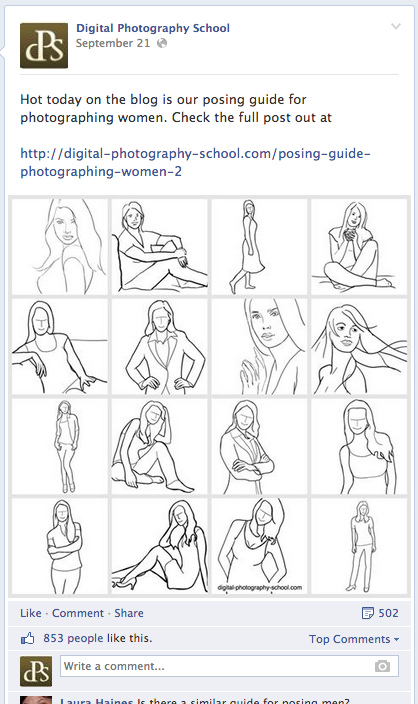
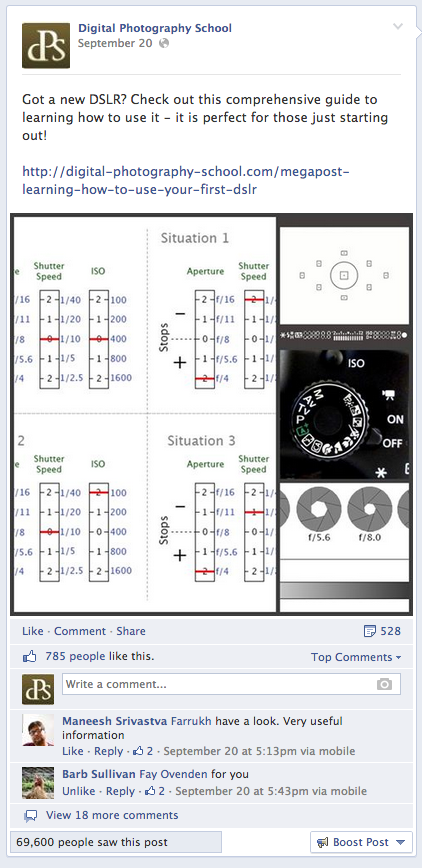
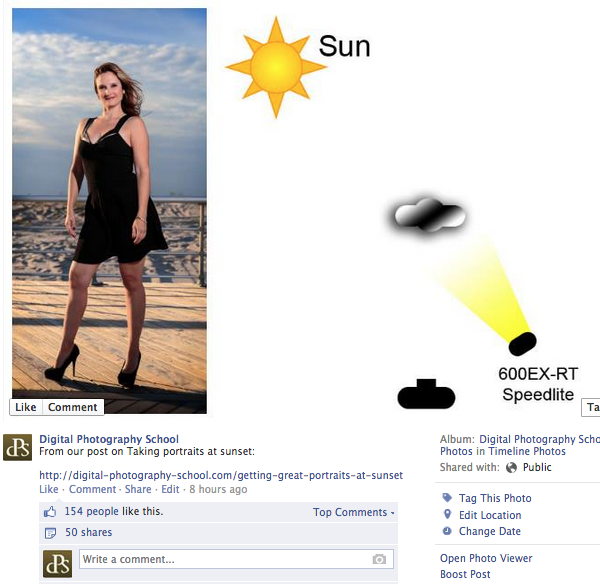

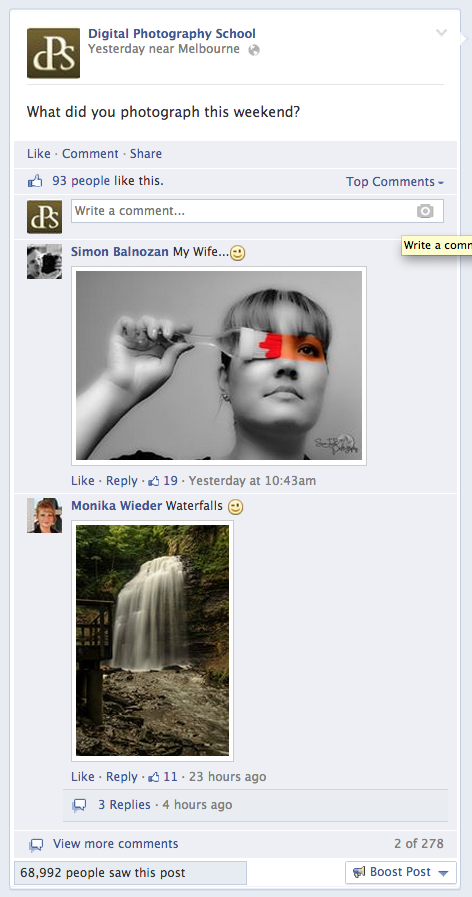
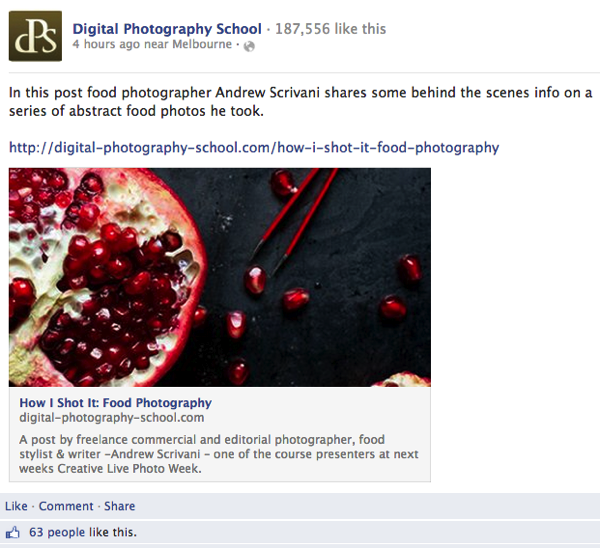
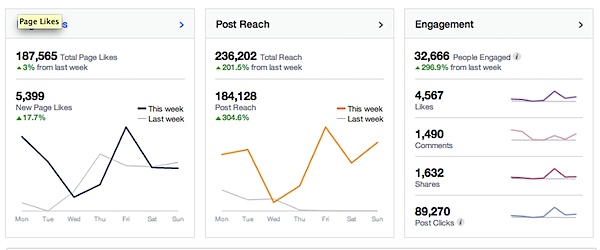
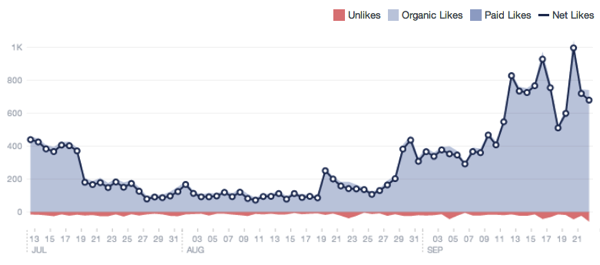
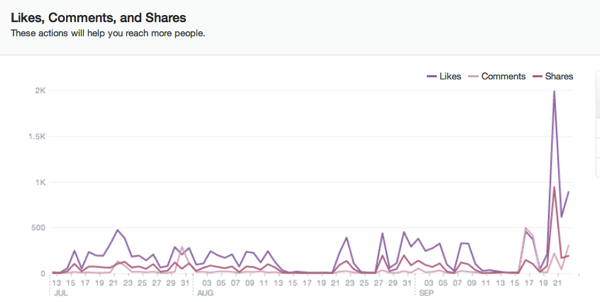
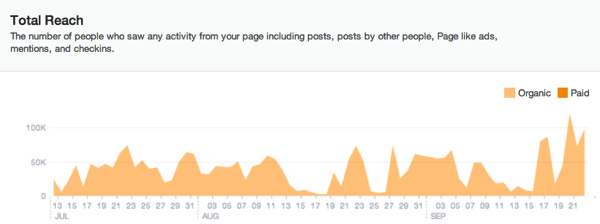
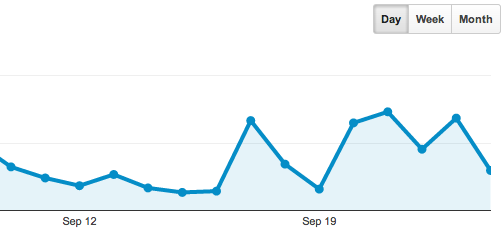
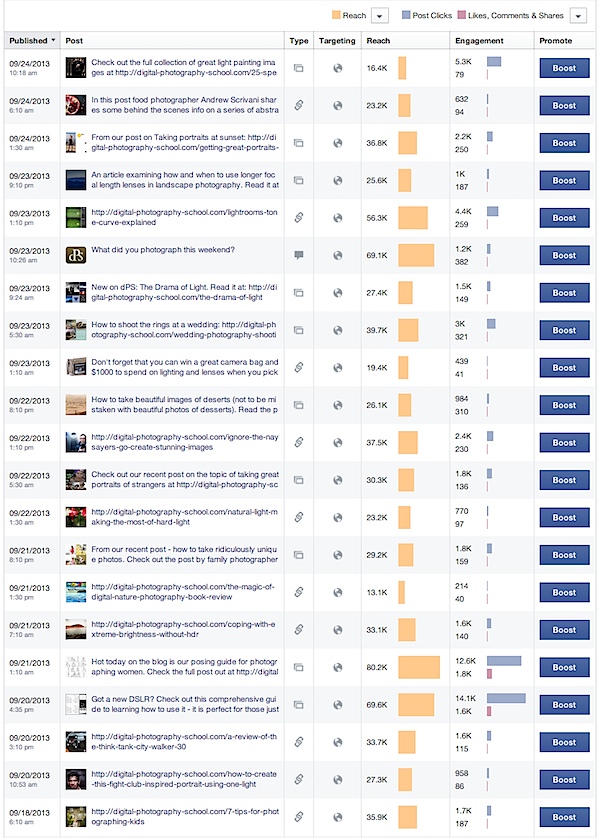
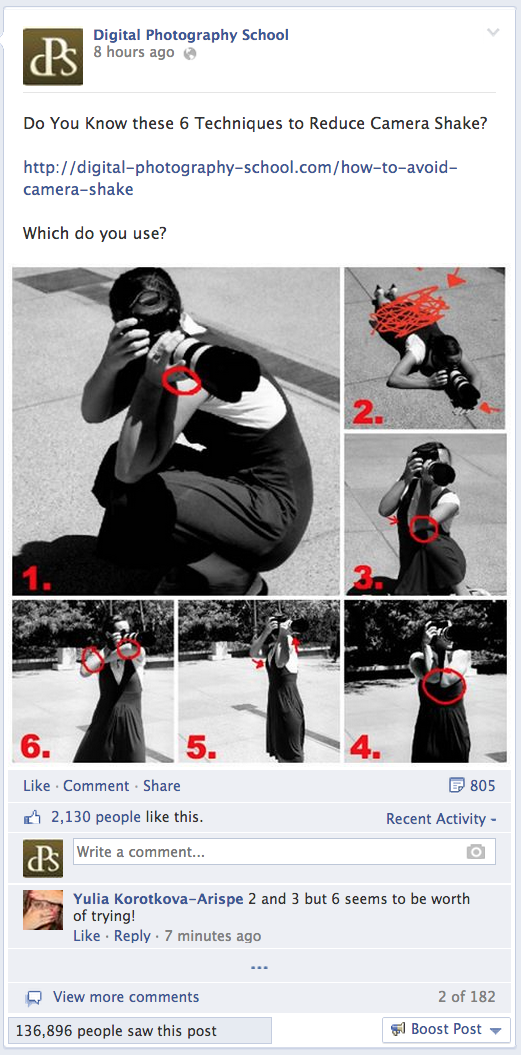
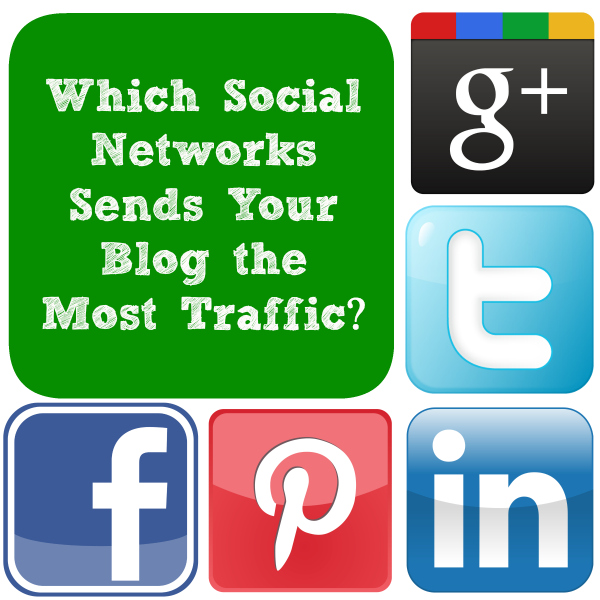
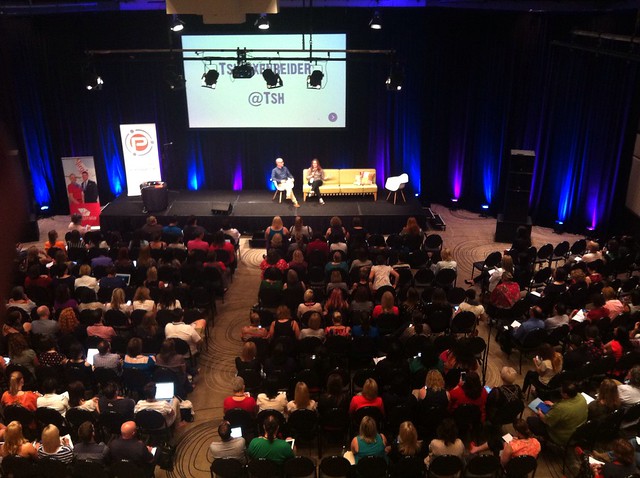
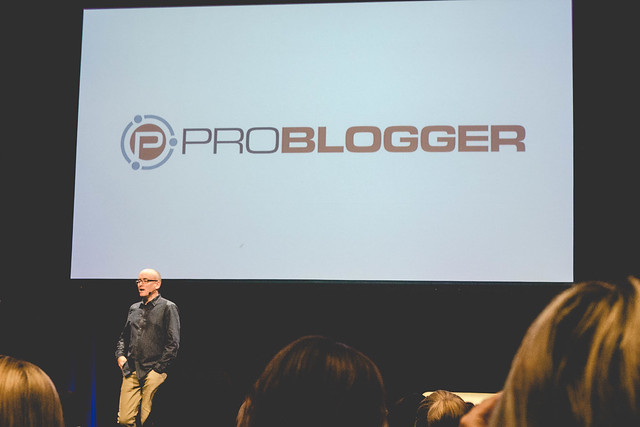
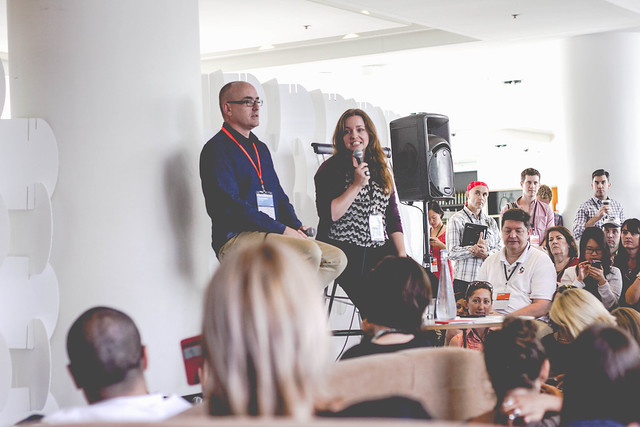

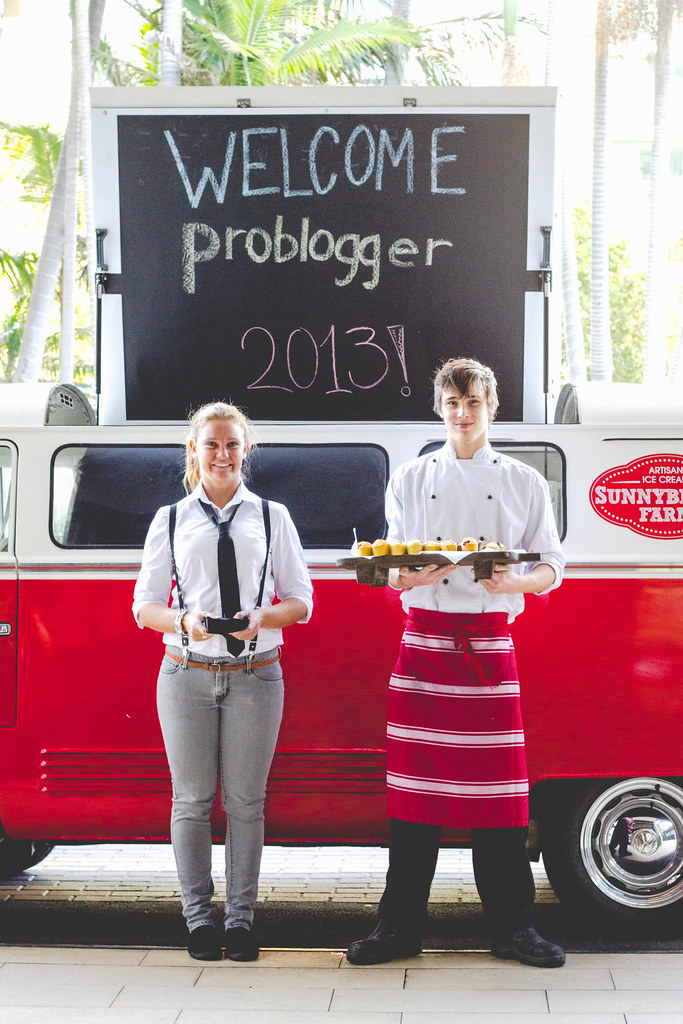




.jpg)